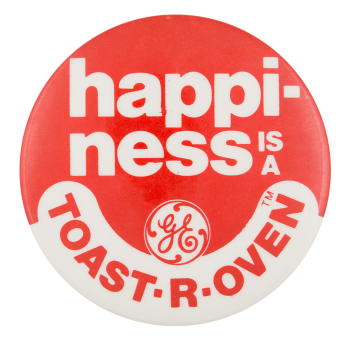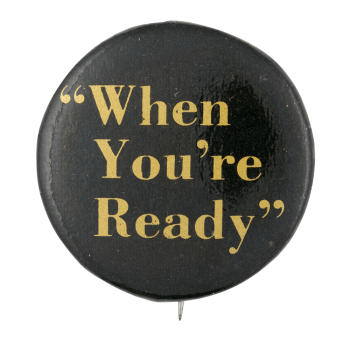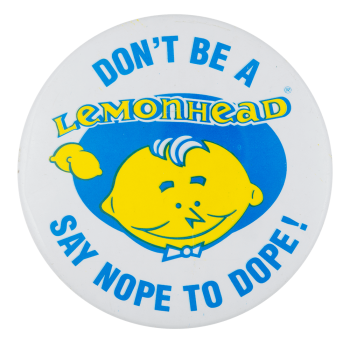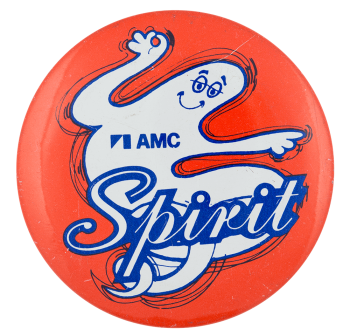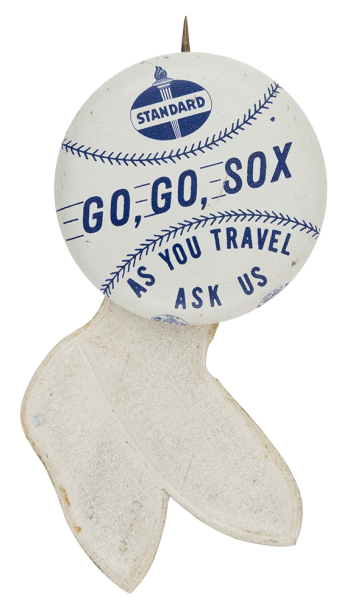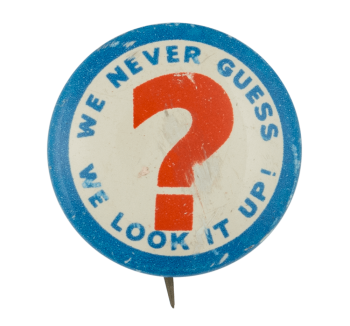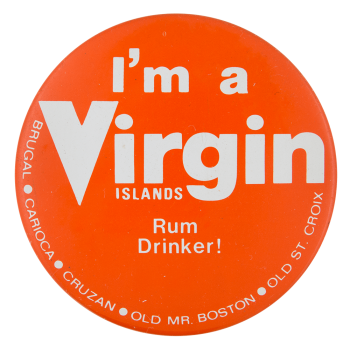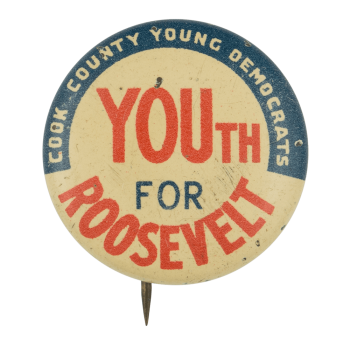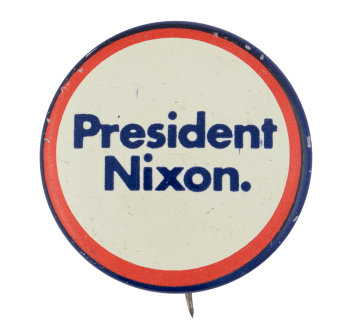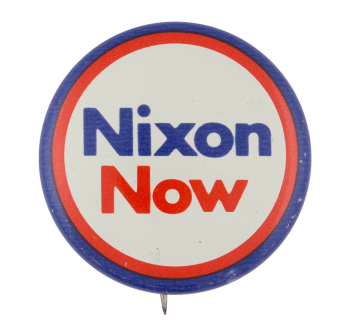Happiness Toast-R-Oven
| Category | |
|---|---|
| Additional Images | |
| Text on Button | happy-ness IS A TOAST-R-OVEN GE |
| Image Description | White and red text on a red and white background |
| Back Style | |
| The Shape | |
| The Size | |
| Additional Information | General Electric (GE) was formed in 1852 as a merger of three separate electrical companies including the Edison Electric Light Company founded by Thomas Alva Edison. One of the major innovations by GE was the toaster. The GE Toast-R-Oven took the world by storm in 1957 and within the decade, nearly every home in the United States had a toaster. In 2014, the Swedish brand Electrolux bought the GE Appliances brand. |
| Sources |
GE Appliances. (2020). GE Appliances Cooking Innovation Timeline. Retrieved July 04, 2020, from https://www.geappliances.com/ge/cooking-milestones/ Toast-R-Oven. (1972, November 17). A day in the life of GE’s king-size Toast-R-Oven [Advertisement]. LIFE, 73(20), 95. Zahnzinger, M. (2014, September 08). A look back at GE Appliances' iconic brand. Retrieved July 05, 2020, from https://www.usatoday.com/story/money/2014/09/08/a-look-back-at-ges-icon… |
| Catalog ID | AD0850 |

